Population Imbalance in Uttarakhand: A Socio-Economic and Political Challenge
The population imbalance in Uttarakhand has significantly disrupted the social, economic, and political fabric of the state. Over the past 24 years, urban areas and towns have seen a population surge, straining the basic infrastructure and services. While 48% of the population lives on 84.6% of the habitable land, the remaining 52% reside on just 14.4% of the land. The continuous migration from the hills to urban centers for better employment opportunities, healthcare, and lifestyle has exacerbated the demographic imbalance, leading to numerous challenges.
Population Growth and Migration
According to the 2001 census, India’s population was approximately 1.03 billion, which has now grown to around 1.41 billion, a 37% increase. In contrast, Uttarakhand’s population grew from 8.49 million in 2001 to an estimated 12.5 million, reflecting a 47% increase. This imbalance is not just a numerical anomaly but a severe concern impacting the state’s socio-economic and political structure. Experts suggest that although the state’s population growth isn’t explosive, the imbalance presents a significant challenge.
Migration from Hills to Urban Centers
The Uttarakhand Rural Development and Migration Prevention Commission’s 2018 report highlighted that 117,981 people migrated from 3,946 villages, and by 2022, 307,310 people had temporarily left 6,430 villages. This mass exodus has left agricultural lands barren and disrupted traditional economic activities in the hilly regions. As people move to urban centers like Dehradun, Haldwani, Haridwar, and others, the pressure on these cities increases, often exceeding their carrying capacity.
Urban Areas Overburdened
Cities such as Dehradun, Haridwar, and Rudrapur are witnessing rapid urbanization, with rural areas transforming into new towns and cities, reducing agricultural land. From 2011-12 to 2022-23, Uttarakhand lost 156,291 hectares of agricultural land, a significant decline from 909,305 hectares to 753,014 hectares.
Political Implications
The population imbalance has also led to a reduction in political representation for the hilly regions. Initially, the state had 40 assembly seats for the hills and 30 for the plains. After delimitation, the hills lost six seats, altering the ratio to 34:36. Future delimitations could further reduce the number of seats for the hilly regions.
Voter Growth Disparity
Between 2012 and 2022, voter growth in the plains ranged from 41% to 72%, while in the hilly areas, it was between 8% and 16%. For instance, constituencies like Dharampur saw a 72% increase, while areas like Salt experienced only an 8% rise.
Infrastructure Challenges
Urban areas are increasingly facing issues like traffic congestion, waterlogging, waste management problems, and water scarcity due to the growing population. Despite planning for the next 20 to 30 years, the pace of infrastructure development lags behind the rate of population growth.
Impact of Floating Population
As a state known for tourism and pilgrimage, Uttarakhand faces additional pressure from a floating population, which is seven times the resident population. The annual influx of millions of pilgrims for the Char Dham Yatra, Kanwar Yatra, Hemkund Yatra, and other religious events strains the state’s resources and infrastructure.
Expert Opinions
Political analyst and senior journalist Jai Singh Rawat emphasizes the need for the state government to focus on reducing population imbalance rather than just population control. He notes that the reduction in assembly seats from the hilly areas is diminishing their political representation.
Social activist Anoop Nautiyal highlights the necessity of assessing the state’s carrying capacity to manage the growing population effectively. He points out the increasing number of ghost villages in the hills and the declining voter growth in these areas as indicators of the ongoing crisis.

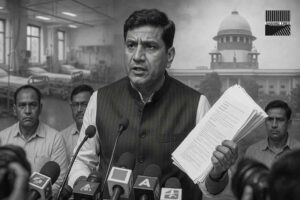


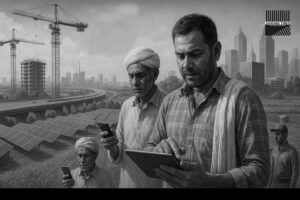



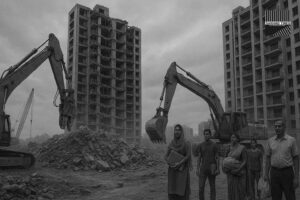


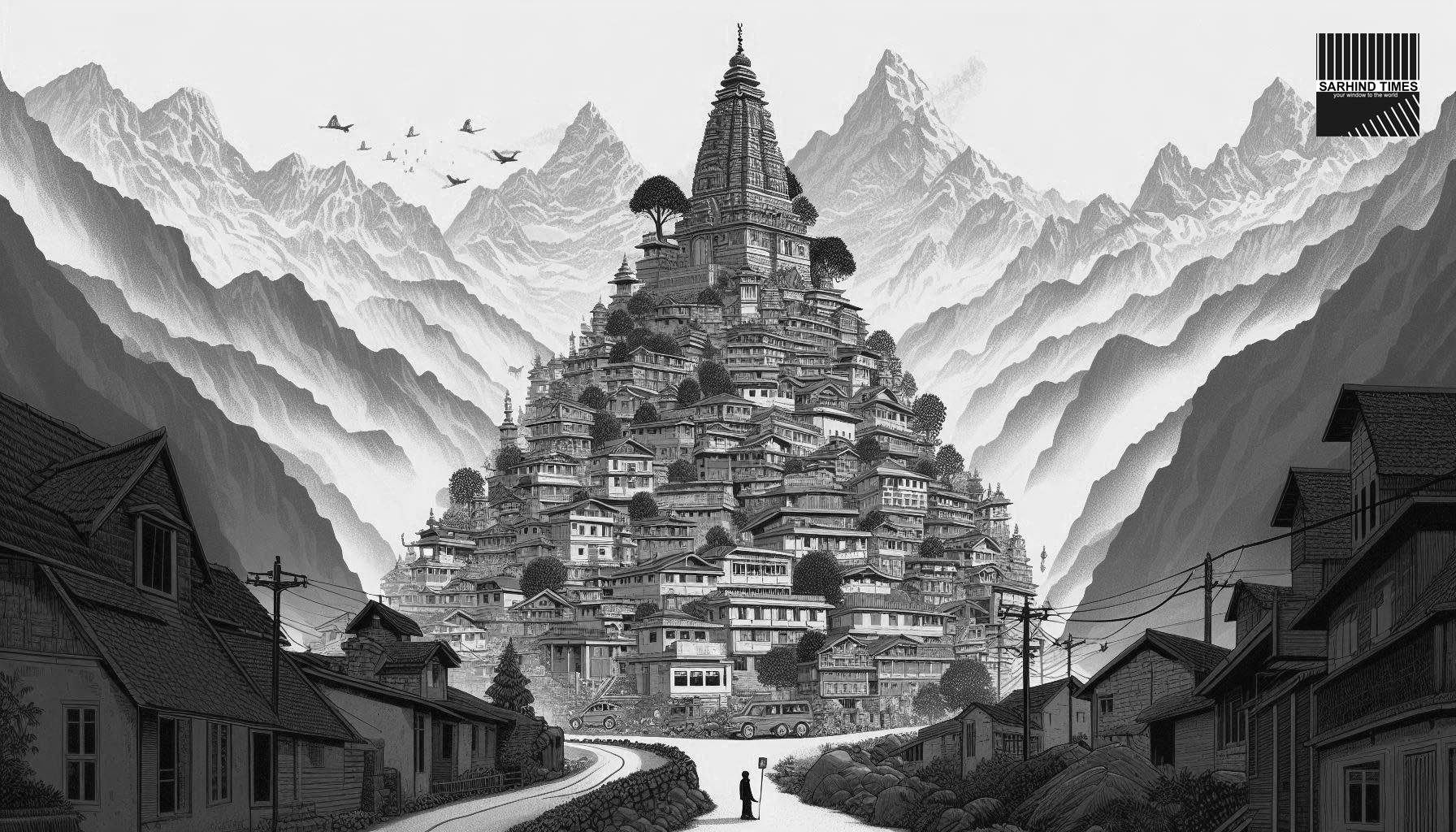
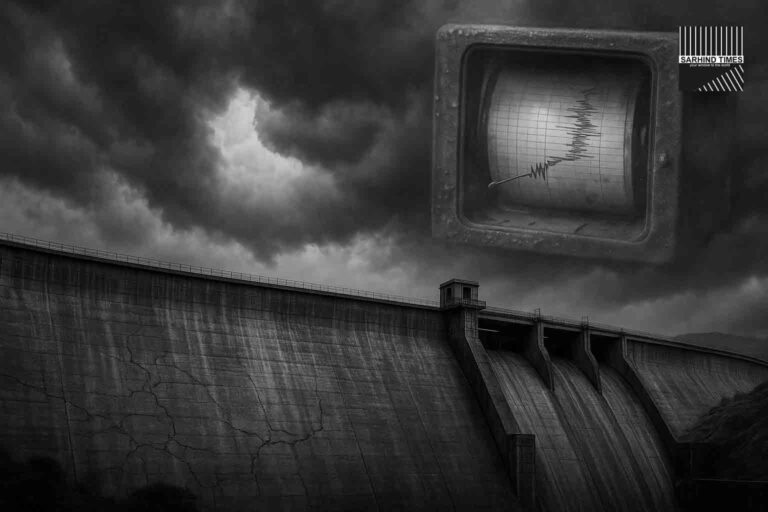

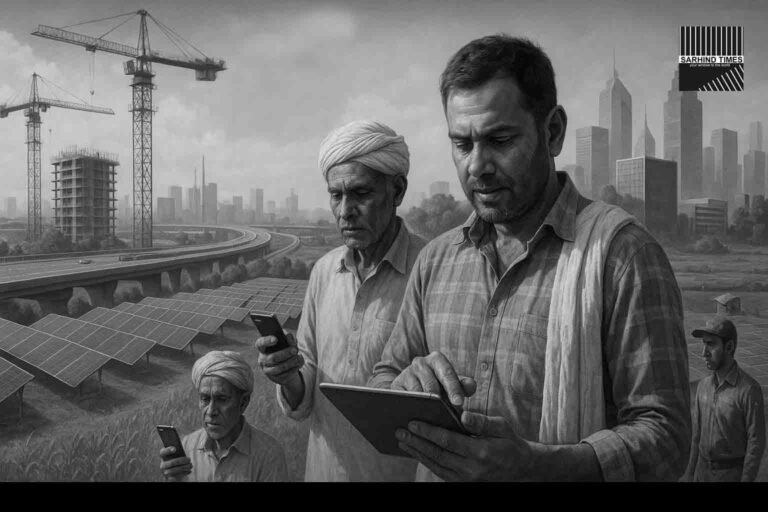
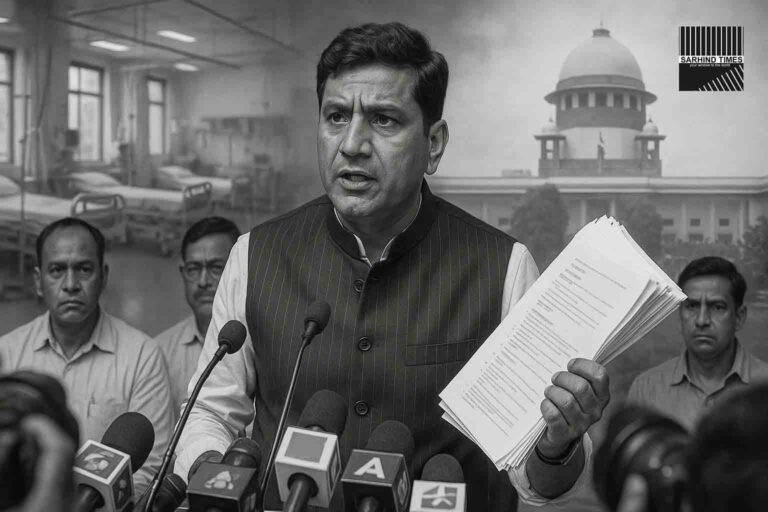
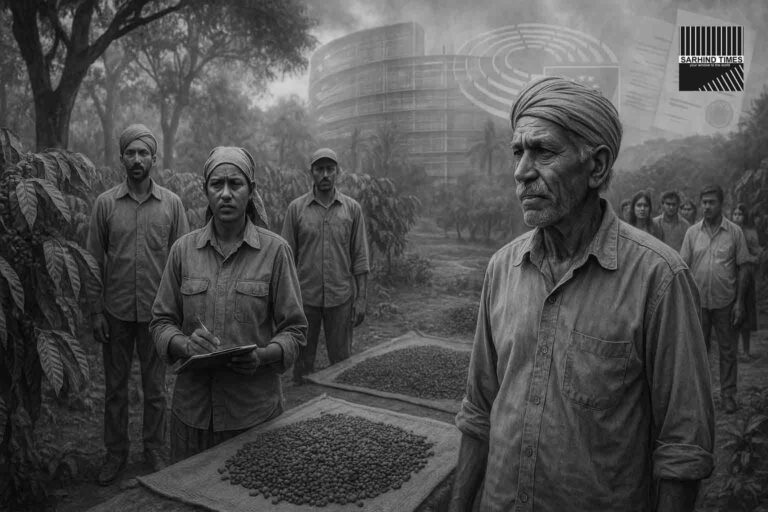

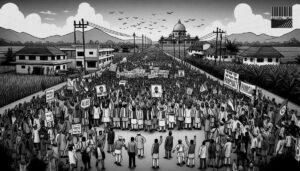
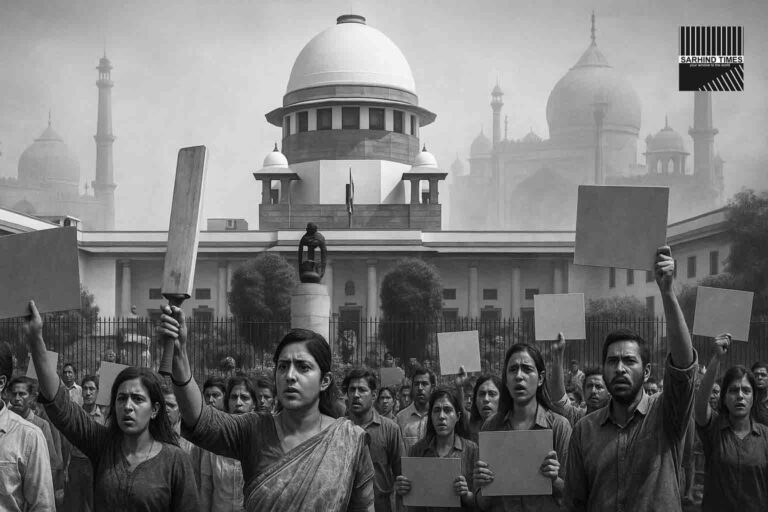


+ There are no comments
Add yours